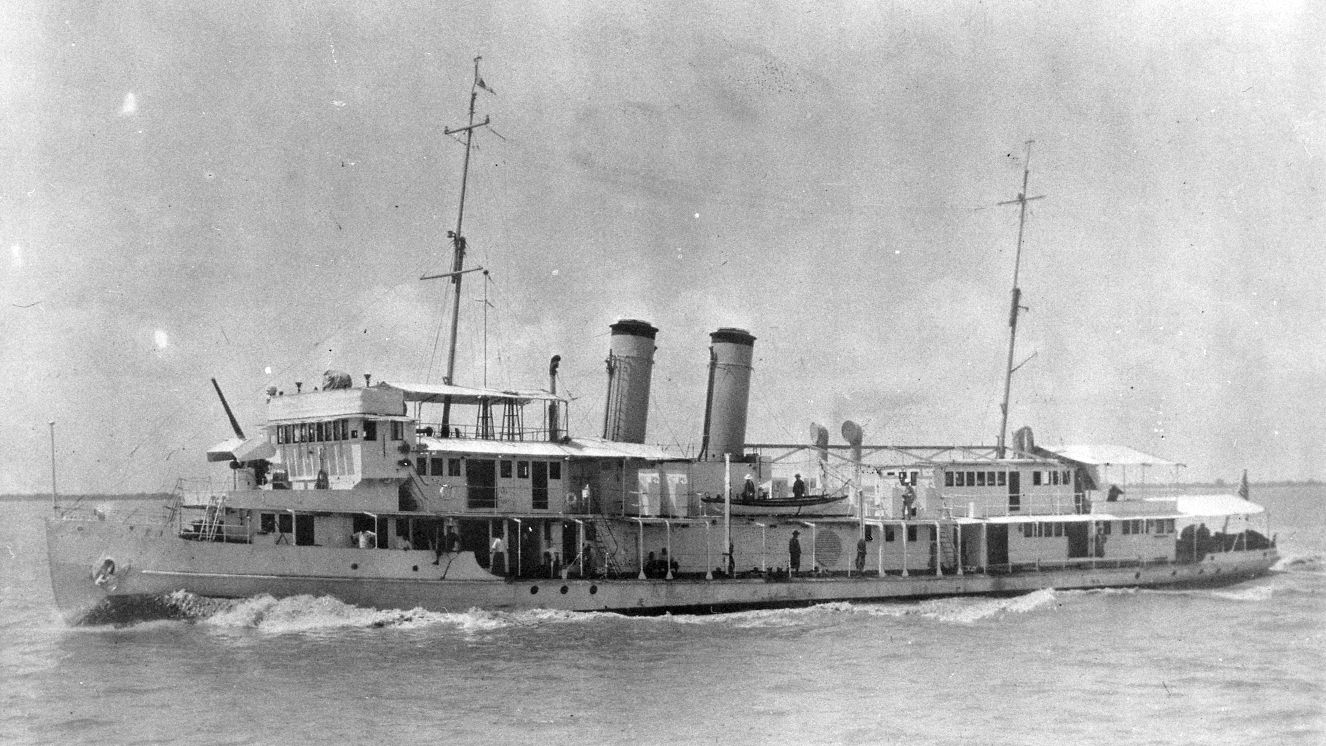HOW BLOOD WINGS SHOCKED THE PUBLIC ENOUGH TO OUTLAW IT

The U.S. Armed Forces are a tight-knit community that shares tremendous camaraderie and unity. They practice it in everything they do – in training, battle, and celebration. Blood wings exemplify this and signify more than just increased rank. Some people call it hazing, but many armed forces members see it as a celebration of brotherhood and sisterhood. We'll let you be the judge.
Read next: The Air Force Just Made the Worst PBJ Sandwich Ever
What Are Blood Wings?
Blood wings are a traditional rite of passage that numerous members of the armed forces practice when they graduate or rank up.
It involves pinning the new rank badge to a military member’s skin through their clothes – causing them to bleed.
For example, there are Airborne blood wings, Army pinning ceremonies, and in the Marine Corps, it's known as blood pinning. It's also practiced in other military training domains, such as the Army Aviation and Aviation Logistics community.
What Does It Mean To Earn Your Blood Wings?
Earning a blood wing means you've accomplished or received an upper-class insignia via blood wings tradition.
One example of this is upon receiving the Parachutist Badge. Typically, an instructor or comrade of the member places the pins of the badge on their chest and slams it against them, resulting in the pins being spiked into the skin of their chest, causing a bloody pin but no serious injury.
It doesn't stop there.
Depending on the awardees' corresponding unit number, let's say 12, for example, they will have to be struck 12 more times with the pin by additional comrades. Once the fellow soldiers punch the newly pinned award, they shake the awardee's hand and move on.
Do They Still Do Blood Wings?
The origins and tradition of blood wings are unknown, but it's speculated that it dates back to World War II during paratrooper training.
Nonetheless, Airborne and Army blood wings go against the Armed Forces Policy. After multiple newspapers and news outlets misrepresented blood pinning and what it aims to accomplish, public outrage ensued, causing the Armed Forces to ban it and label it a form of hazing.
More specifically, a television video of the Marines practicing the ceremony caught what seemed to be brutal hazing as it depicted members with bloody shirts being punched in the chest multiple times.
Recipients of blood wings see it as an honorable initiation rite. Plus, blood pinning is supervised and completely voluntary. Only those who want this unique form of congratulations from their peers for their newly-earned award participate.
Those who refuse to go through the military pinning ceremony don't face backlash or ridicule and aren’t forced to participate in the blood pinning ceremony.
Is Blood Pinning a Tradition or a Form of Hazing?
The public this as a form of painful hazing, but the military sees it as a tradition that unifies and gives their members a little bit of pride for their accomplishments.
It's not for everyone, and it's usually done in small units and not on a grand level. Its purpose is to pledge allegiance to fellow comrades who work together, serve together, and one day may go to war together.
Many members who receive their blood wings carry it as an honorable and valuable tradition. So, what do you think, is getting your blood wings a tradition or a form of cruel hazing?
Suggested read: FCC Comm’r Brendan Carr Says Growing TikTok Threat Can’t Be Ignored
BY MICHAEL MADRID
Military News & Gear Specialist at VeteranLife
Michael Madrid is a Contributing Writer at VeteranLife.com
Expertise
Michael Madrid is a Contributing Writer at VeteranLife.com



